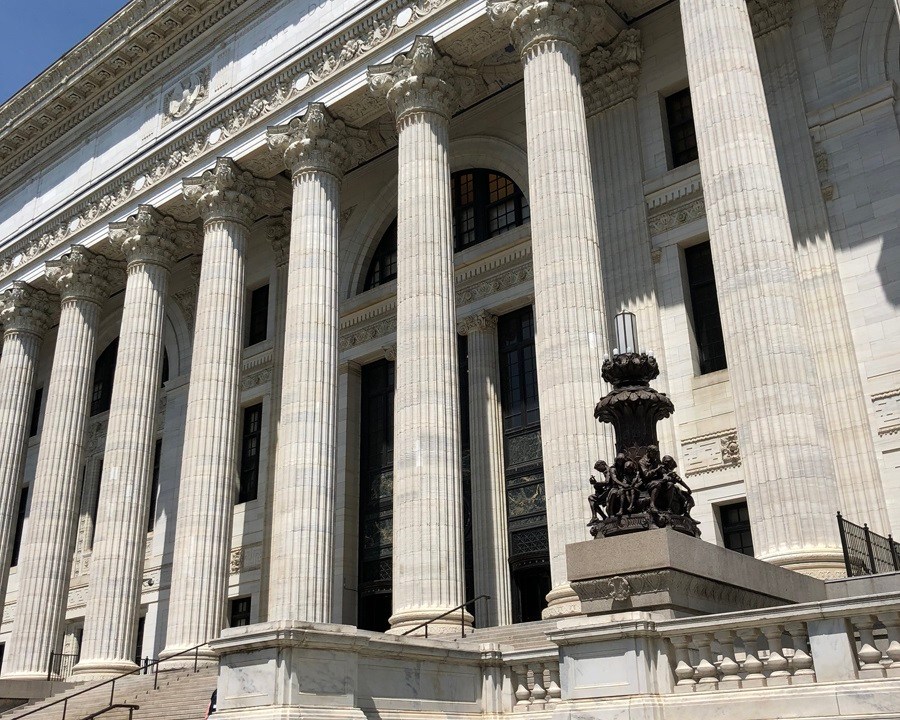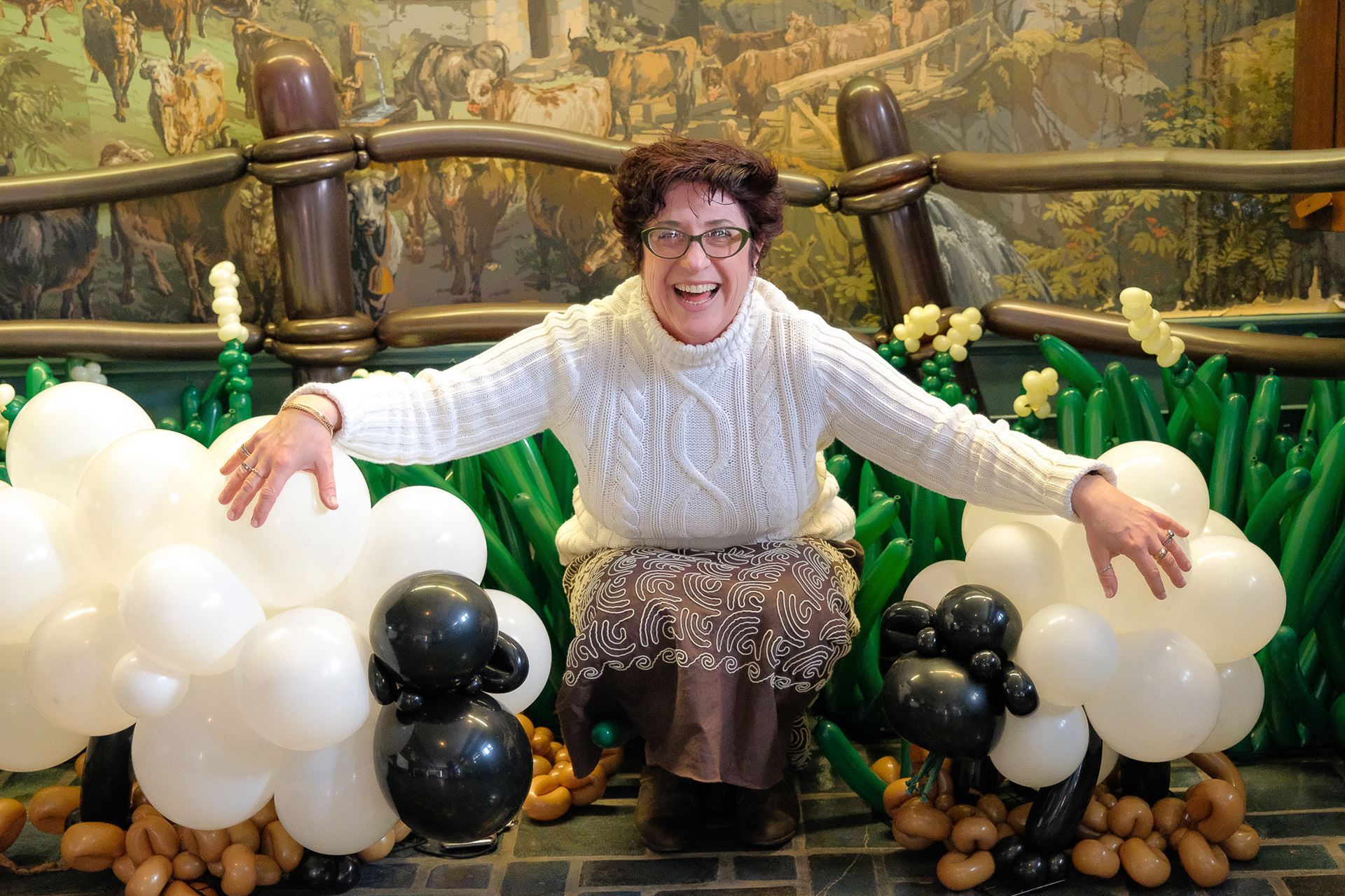
Is it done yet? What can I do to help? What happens next? When can we apply for funding?
Those are just some of the questions I’ve been getting since the Museum Education Act (MEA) passed the New York State Legislature during the last hours of the session in June.
The board and staff of the Museum Association of New York (MANY) have been working in concert with the New York State Education Department, its Board of Regents and Office of Cultural Education, Legislators, MANY members, and Sheila Healy, our Government Affairs Consultant for over a dozen years to help secure funding to help museums serve their communities and fulfill their missions as partners providing access to exhibitions, collections, and education programs that help define us as New Yorkers and Americans.
Museums in New York have a unique relationship with the state. Most states view museums and cultural institutions as non-profit businesses. Under New York law, museums are treated as educational organizations giving the New York State Education Department regulatory authority to evaluate quality and promote excellence. Museums are granted charters if they own collections or certificates of incorporation if they are non-collecting entities. However, when New York created this system, it did not include a way to directly fund those chartered and incorporated cultural institutions. Some museums and cultural organizations are eligible for funding through the New York State Council on the Arts, but the 1,400 historical societies, zoos, botanical gardens, aquaria, and cultural arts institutions that provide instruction to over six million schoolchildren every year receive no direct state support.
When the MEA is signed into law by the Governor, and allocations are made by New York State legislators, the MEA will create a mechanism to distribute critically needed program funds to New York’s cultural organizations who steward the state’s heritage regardless of budget size, geographic location, or content area. The bill directs the Commissioner of Education to establish and implement a program that will provide access to competitive funding for curriculum-based educational programming, including transportation of students to museums or museum staff to school classrooms and the production of exhibitions directly linked to state education standards. It will also provide funding for adults enrolled in continuing education, citizenship and English language learning programs led by museums.
The MEA has the potential to significantly improve the way that museums work with their communities. It will help create fair and equal access to our history, art, and culture and enhance learning. In these times of rapidly changing political positions, economic volatility, and shifting demographics, keeping our museum doors open will help New Yorkers learn about and value the contributions of all Americans. We hope that the MEA can serve as a model for the legislative bodies in other states to help them create new and critically needed funding streams for their museums.
The first iteration of the bill in 2006 included a $30 Million-dollar appropriation that would have distributed funds through a competitive grant program and formula distribution that balanced demographics and need. It also allotted a small percentage for a pilot program. But its passage has not been an easy process. Support waned in the face of the economic downturn and MANY turned to other advocacy issues. When the MEA was re-introduced by Assembly Member Matthew Titone in 2015, a $40 Million-dollar appropriation was attached. The bill was amended in 2016 to allow for procedural changes, to correct a typo (!), and to direct funds to institutions in low-income urban, suburban and rural communities. The state Assembly bill language (same as state Senate language) as it was passed can be found here.
In January 2018, MANY asked members to complete a survey about their education programs to gather data for our advocacy efforts. We received 98 responses in 48 hours, revealing the passion about this issue and our members’ dedication to their communities. Of those that responded, 90% dedicate 25% or more of their budgets to education; 99% conduct on-site education programs; 75% offer educational programming at another site in their communities; and 65% develop materials for teachers to use in their classrooms. With this data in hand, we moved into 2018 meetings more strongly positioned to discuss the importance of the MEA. You can read the survey report here.
State Senator Betty Little championed the bill in the State Senate and secured a unanimous vote in two consecutive sessions. The bill that passed the Assembly unanimously on Wednesday, June 20, moved to the Governor’s desk without an appropriation, but retained all of its original purpose and established the pilot museum education grant program upon its signing into law.
“We are thrilled that the Assembly and Senate have passed the Museum Education Act as we work to expand access to education programs at museums in New York,” said State Education Commissioner MaryEllen Elia. “When funded, this bill will provide much-needed support to our world-class cultural institutions to improve programs for students and develop curricular aids for teachers that incorporate museums’ incredible collections and exhibitions. We look forward to working with our partners in the Legislature and Executive Branch to identify the funding so students can enjoy the unique learning experiences at New York’s museums, zoos, aquariums, botanical gardens, and arts institutions.”
Board of Regents Chancellor Betty A. Rosa said the Board was pleased to learn that the state Assembly and Senate passed the MEA. “Museums and cultural institutions engage and educate students in unique ways through artifacts, exhibitions, and educational programs,” said Rosa. “This bill is another step towards advancing equity in our education system so students in low-income communities can have greater access to the remarkable learning opportunities at cultural institutions.”
Leading MANY through this process has renewed and deepened my knowledge about what it means to be a good advocate for museums and museum professionals. The importance of knowing how to make your case succinctly with passion, working with representatives of all party affiliations and remaining optimistic in a room full of “no” are among the lessons I carry forward. Although New York’s museums have a unique relationship with state law, the tools of advocacy can be used by museum professionals to advance their case with any local, state, or national legislative representative.
The passage of the MEA in the New York State legislature and the ranks of our members growing beyond the 600 mark is making 2018 a banner year for MANY. We await word from Governor Cuomo’s office about a potential date for the bill to receive his signature and look forward to the 2019 Legislative Session to make our case for a significant appropriation and new funding opportunities for museums.
You can read more about the MEA on MANY’s website here: MANY/Advocacy/MEA and the New York State Education Department’s statement in support of the MEA here: Expanding Access to Education Programs through Cultural Institutions
MANY is a proud Partner of Museums Advocacy Day, the national, field-wide effort to advocate for museums of all types and sizes, all around the country. We encourage you to take advantage of all of AAM’s year-round advocacy resources, including Advocacy Alerts, policy & issue information and tools to advocate, available at www.aam-us.org/programs/advocacy/advocacy-resources/.








